Chasing Smoke at Tokyo’s Sensō-ji Temple
Context is king.
As a street photographer, I’m a sucker for smoke. The faintest wisp drifting through the air, and I’m all over it. Most of those shots never work, but the addiction is real. Sadly, context still matters more than smoke itself.
At Sensō-ji, the source of this smoke is a large incense burner called a Jokoro. Visitors crowd around it for all kinds of reasons. Some believe the smoke cleanses body and spirit, others say it sharpens the mind or even heals injuries. For me, it’s a perfect excuse to think monochrome. In my head, black and white always feels right for smoke. The strands separate and pull the drama through.
Here are a few frames that explain why context is everything, even when the smoke is this good.
First up, a miss.
This might seem obvious. Lots of my own bug bears! Phones, backpacks, wandering arms, it’s all here. In general, a 35 mm lens is fine for a scene like this, but I couldn’t get far enough away from the Jokoro without picking up a mess of distractions. The solution for me is to get closer.
Closer, but not quite
I moved in to escape the clutter and ended up too close to capture the full pit. A wider lens would have helped, though the crowd would still have crept in. Even then, my angle cut heads in awkward ways, and the scene still felt busy in ways I didn’t like. Hands over faces, more phones. Still, the smoke is my subject; I just needed some better context.
Giving up on the full view
At this point, I stopped chasing the entire scene and started looking for gestures. That freed me to process in the black-and-white look I wanted. I shoot mostly monochrome, though the camera records color; later, I decide whether to keep what I saw in the camera or push it somewhere new.
Context & Subject
This, for me, has more drama. No faces needed. I have my smoke, and the hands are gesturing to a power within the Jokoro. Once I had the context and subject aligned, I was happy to move on, although I could have stayed there all day.
Below are one or two more images. I hope these small steps–starting wide, accepting misses, changing angles, narrowing attention–offer something you can use the next time you find yourself in a similar situation.
Questions, ideas, or requests for future process posts are always welcome.
Until then, happy shooting.
Paul
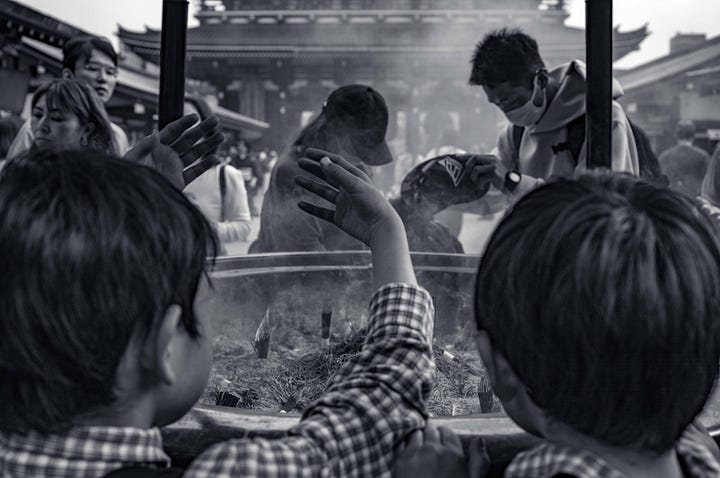

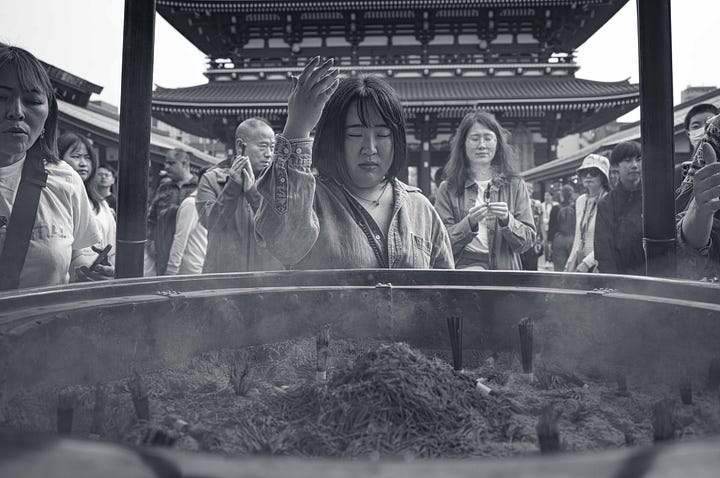
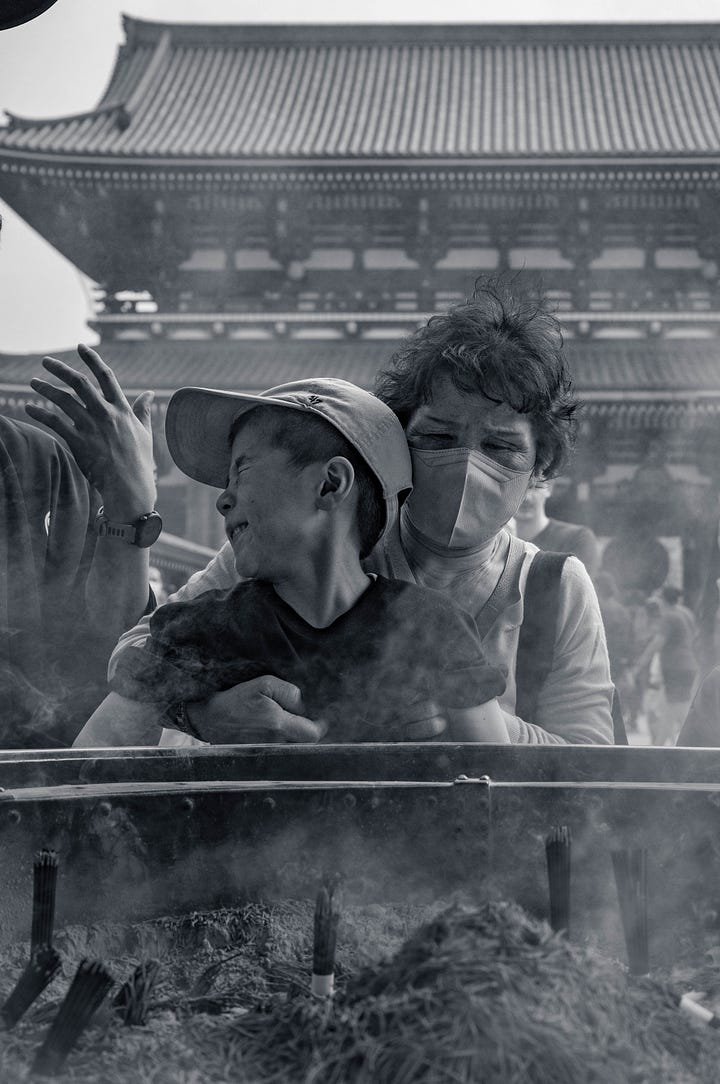



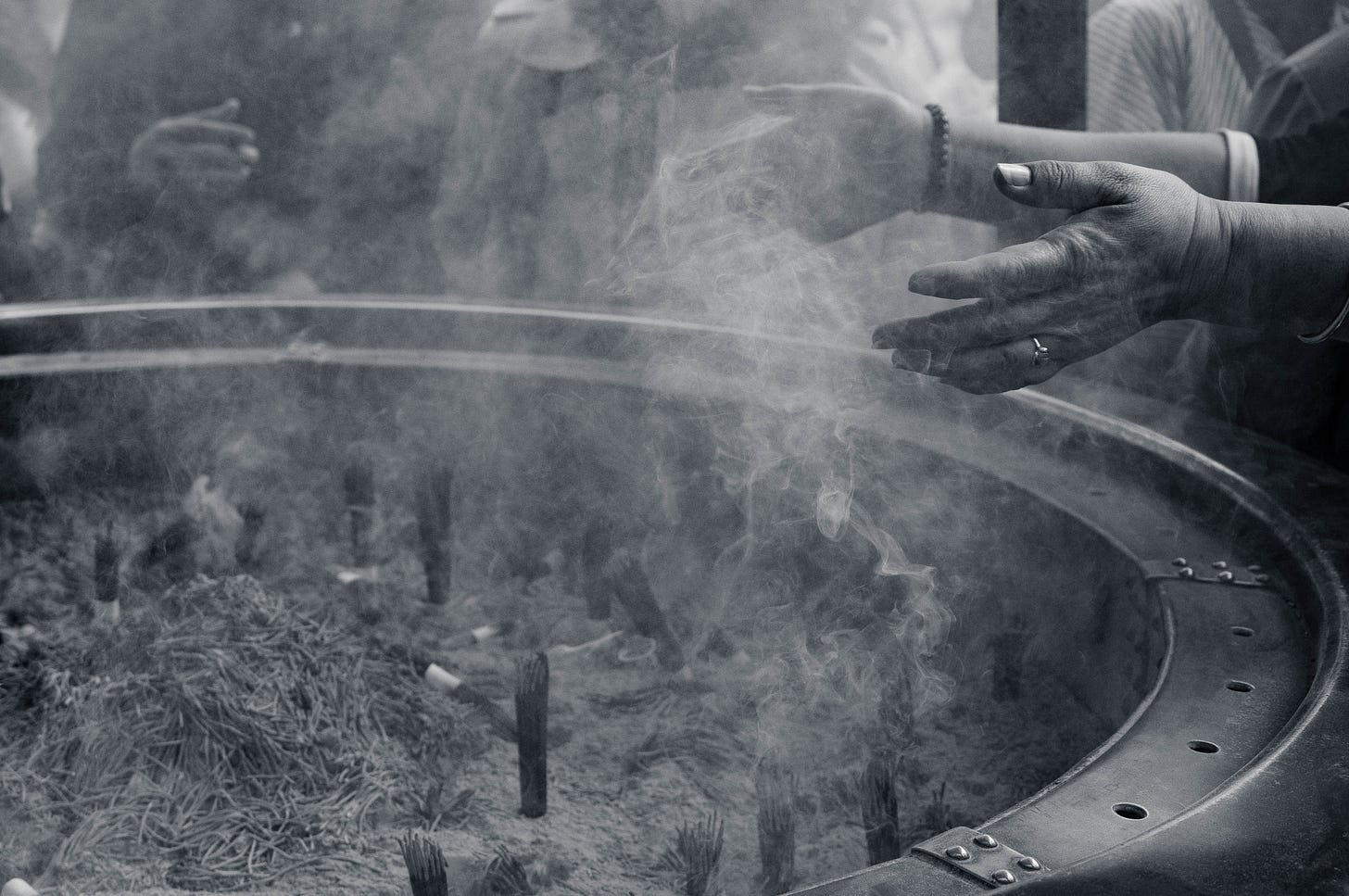
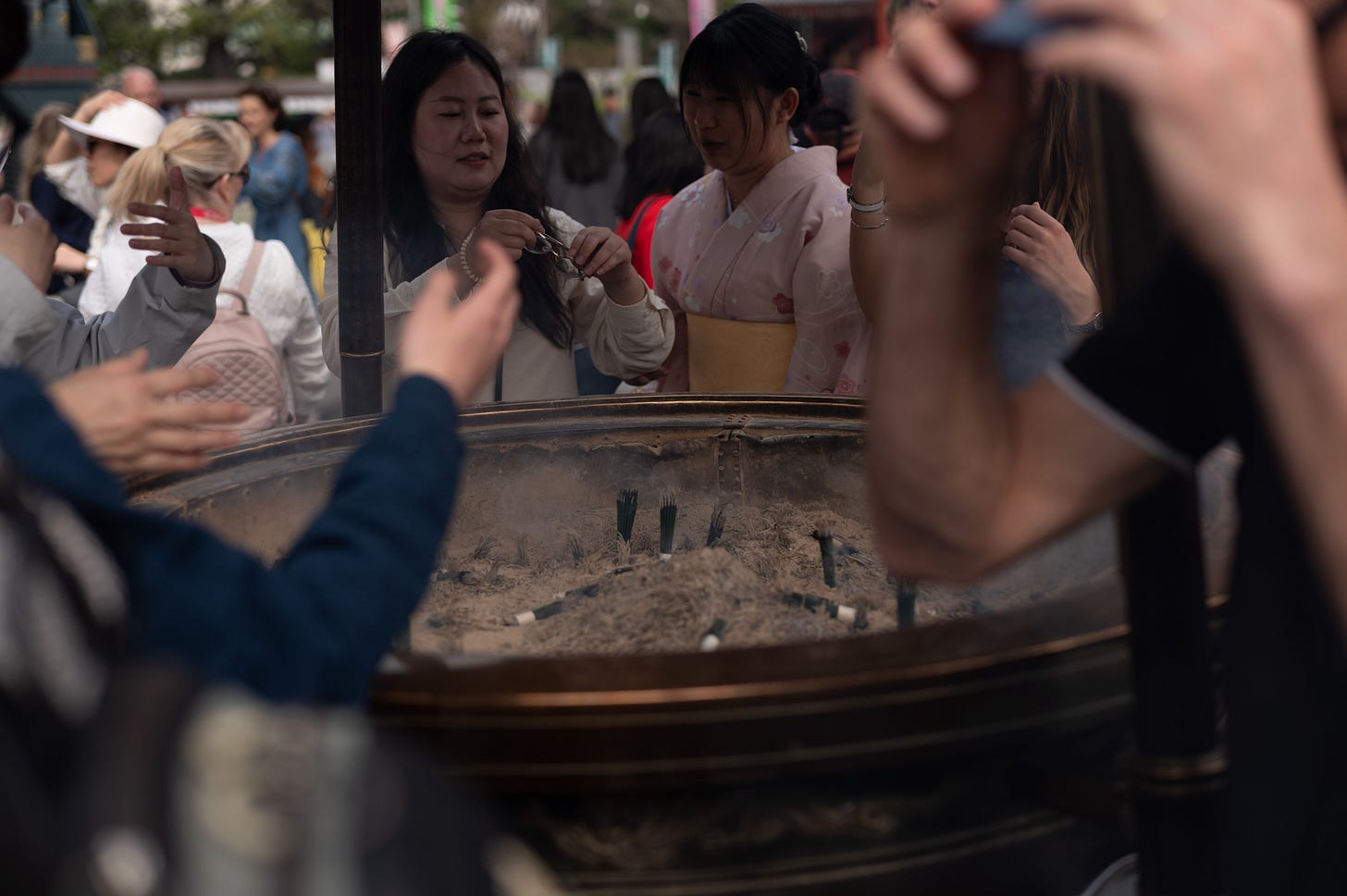
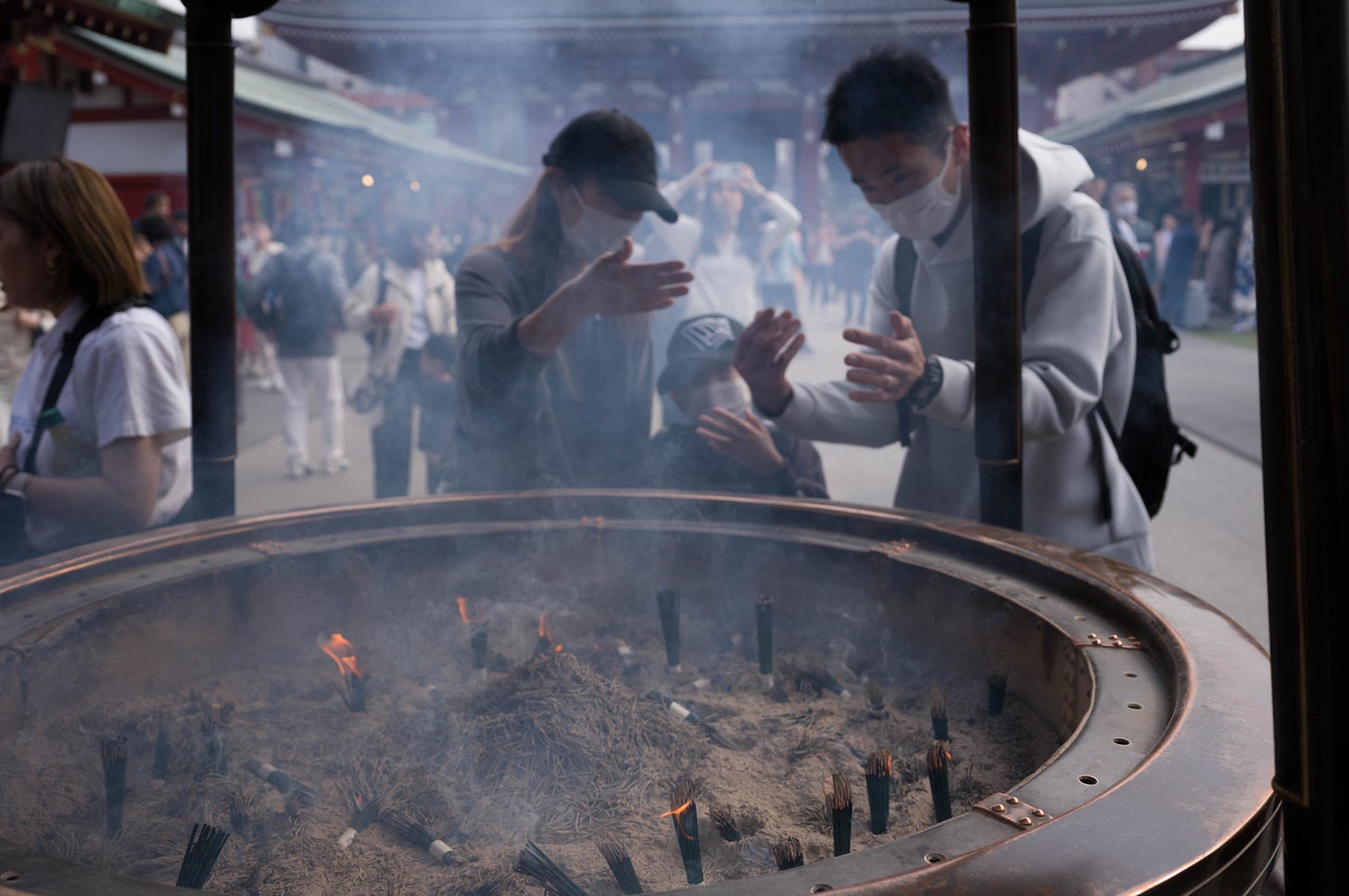


Fascinating!